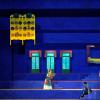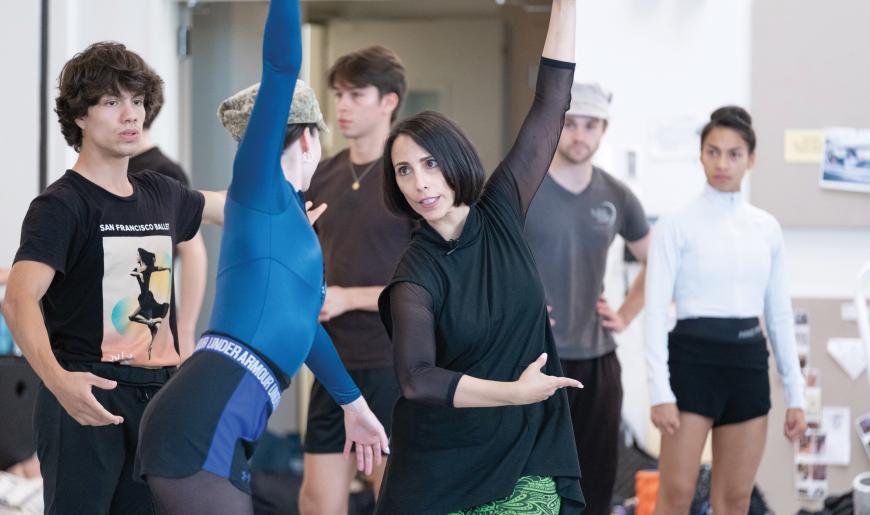
In 2017, the Colombian-Belgian choreographer Annabelle Lopez Ochoa seemed to be on the cusp of becoming a Bay Area fixture, and now, seven years later, she has fulfilled that promise.
She first popped up at the now-vanished Silicon Valley Ballet in 2016 with Prism, originally created in 2014 for The Washington Ballet. A year later, Scottish Ballet came to Cal Performances with the evening-length A Streetcar Named Desire, loosely based on the Tennessee Williams play, which Lopez Ochoa had adapted for the troupe in 2012. Several months after that, Smuin Contemporary Ballet got the choreographer to restage Requiem for a Rose, her 2009 work for Pennsylvania Ballet (now Philadelphia Ballet).
At the same time, she was commissioned by San Francisco Ballet to make a new piece for the company’s “Unbound” festival. Spring 2018 saw the premiere of Guernica, inspired by Pablo Picasso’s iconic painting and the then-recent chemical weapons attack in Syria. Lopez Ochoa doesn’t shy away from tackling difficult subjects, and her works weave together nuanced threads of ideas and feelings.
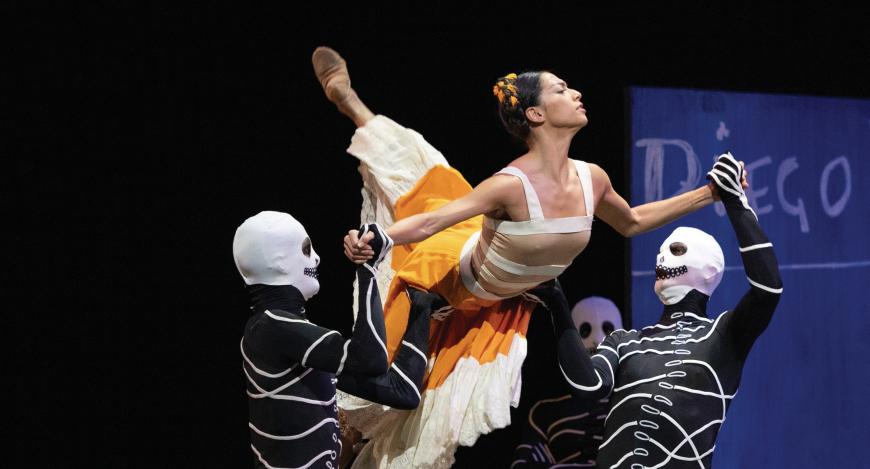
Thanks to her rising reputation in this country (she was already well known in Europe) and the growing push to present more work by women choreographers, the 50-year-old Lopez Ochoa has been in enviable demand for her choreography. This spring, she will be remounting Broken Wings, her 2016 work about painter Frida Kahlo, for SF Ballet, with performances April 4–14 at the War Memorial Opera House. And for Smuin, she is premiering her take on the King — yes, Elvis Presley — with Tupelo Tornado, part of a program that tours the Bay Area May 3–31.
Asked about resetting Broken Wings, originally commissioned by English National Ballet, on SF Ballet, Lopez Ochoa replied, “I’m really looking forward [to it] because the dancers are so committed. I was here [last fall] during the run-throughs, and I set the entire ballet, 46 minutes, bam, bam, bam, in two weeks. It’s not about how good [the dancers are technically] or how high the leg [is]. It’s the commitment to tell a story. It’s the commitment to go into the essence of someone they cannot copy. To bring it to that level in two weeks is amazing. It’s cleaning [the steps] and reminding them of the story.”
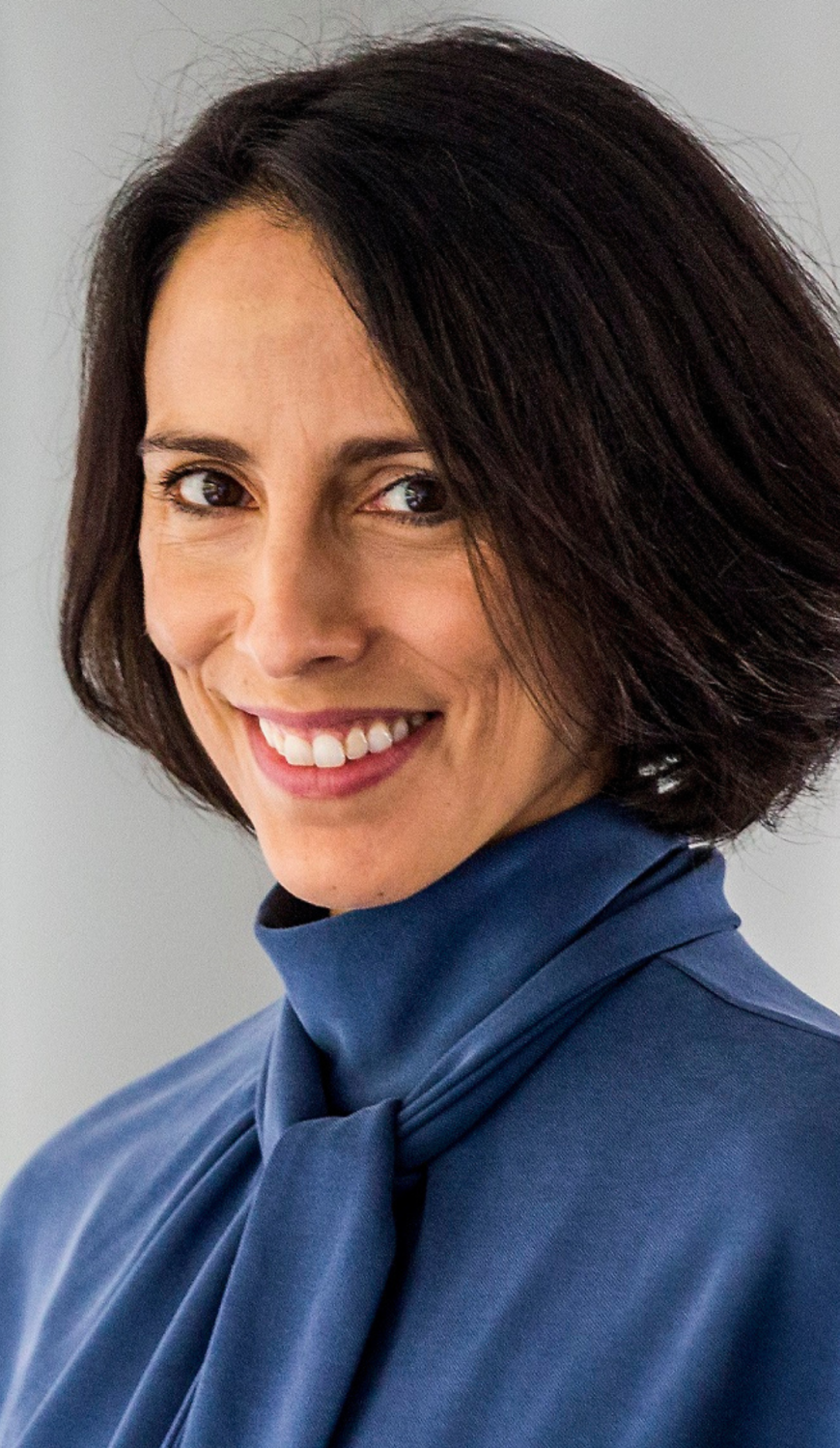
Lopez Ochoa explained how she made Broken Wings when Tamara Rojo, now SF Ballet’s artistic director, was with English National Ballet. “Tamara approached me and said, ‘I’m a big fan of [your] A Streetcar Named Desire, and I want to invite you to be on a triple bill, but you have to make a story ballet. It has to be about a woman that was damned or doomed, from either literature or history.’ Then she gave me a list with Marie Curie, Lady Macbeth, and some other names. Normally, I would answer immediately. I waited a whole month, thinking about those names, but I kept seeing Frida [instead]. She was not on the list.
“When I answered, I said, ‘Thank you for the list, but I want to make a piece about Frida Kahlo.’ I had seen the movie about her, with Salma Hayek, earlier. Before that, I was just not a big fan of her paintings, but after knowing her story, then I could understand the paintings and appreciate them. Tamara’s response was, ‘I love Frida Kahlo.’
“When we did the casting, at a table with 12 people, we went through all the characters, and we finished with Frida.” Lopez Ochoa looked at Rojo and realized she was the right type — Hispanic, petite, and a dramatic dancer — to play Frida. Rojo said it would be an honor to perform the role. Then, she came up with the idea of have Irek Mukhamedov (a former principal dancer with The Royal Ballet and previously the Bolshoi Ballet, then 56 years old) dance the part of Diego Rivera, Kahlo’s on-again, off-again husband. Lopez Ochoa decided, “If you can get him, why not? And still today I still want to thank Tamara and Irek for developing those characters with me, because as a choreographer there’s only so much you can bring to it. The performers themselves are going to come up with ideas or interpretations, so they created it with me.”
The dance world is a tight-knit place. Mukhamedov’s daughter Sasha, who joined SF Ballet as a soloist a few seasons ago, will be dancing in the upcoming performances of Broken Wings. What’s more, in 2019, when an excerpt of the ballet was performed at a gala in Guadalajara, Mexico, Frida and Diego were danced by Rojo and Yuri Possokhov, SF Ballet’s current choreographer-in-residence.
Thinking back to the premiere with English National Ballet, Lopez Ochoa revealed that, at the start, “I didn’t know what I was going to do. I was creating it and discovering a little bit at a time. You’re always very vulnerable when you come up with an idea, and as choreographers we’re not good with words and the nuances of words. So I remember I had all the men coming in, and I told them why I wanted them to be dressed as Frida. I said the movement will be very frontal, actually two-dimensional, like her paintings. And I was almost, like, apologetic, saying, ‘I’m sorry. I’m not going to make interesting choreography where you’re going to sweat and show off your double tour. It’s going to be the paintings.’ And they said that they were game.”
So the restaging process at SF Ballet has had a different focus. “Here, we know that it works if it’s performed this way,” said Lopez Ochoa, “but what can you bring to it? Eight years later — different dancers, different generation, different culture — what can we add to it? So that is the difference, I think, [between] when you create from nothing and when you restage it.”
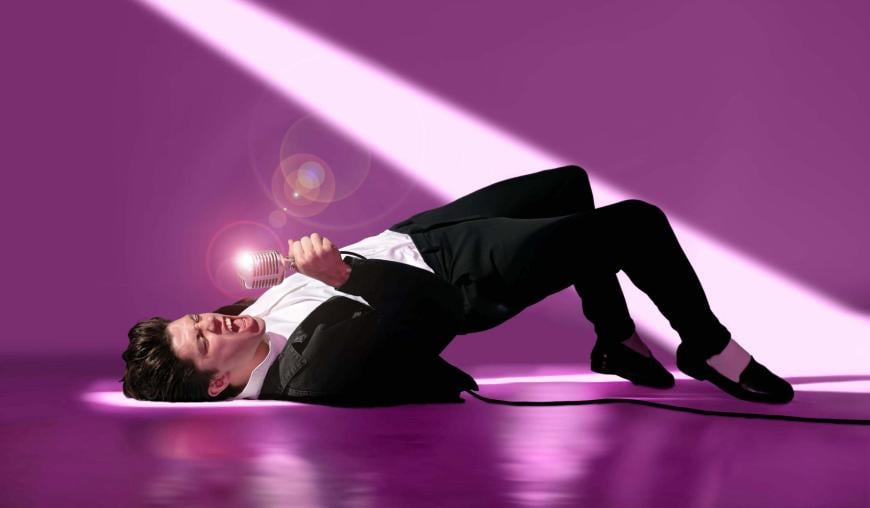
Lopez Ochoa is now beginning that creative process again as she develops her vision of Elvis Presley for Smuin. “When I reset Requiem for a Rose seven years ago, it was the first time I saw Smuin. My piece was in a program with a work by [the company’s founder, Michael] Smuin, to [popular] songs. I thought, ‘Oh, that’s what Smuin does.’ I was thinking out loud, while I was on the staircase going down, that I would use Elvis, and Celia [Fushille, the company’s artistic director,] remembered that.
“Five years later, she said, ‘Do you remember you told me that you would use Elvis if you did a piece to songs?’ The seed was planted innocuously, totally in a very informal way. And I said, ‘OK, let’s do it. But wait a minute, what am I going to do?’ Then I really went deep in it, and I thought, ‘This is so interesting. Actually, theater needs drama, tension, and he had a very interesting life in terms of drama. This is going to be like graffiti put together, and then you get an idea of who he was and how sad his story is.’ It doesn’t finish on a happy note.”
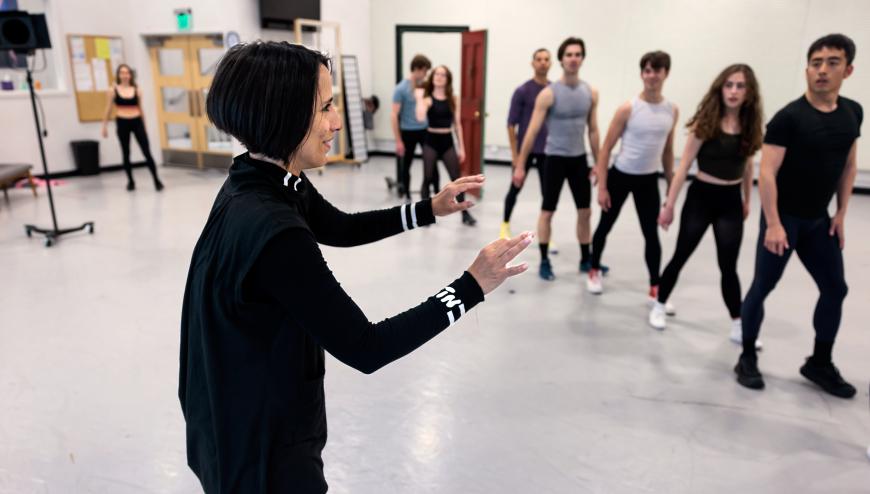
Lopez Ochoa confessed, “I think my dream is story ballets. I love theater. I’m not the kind of choreographer that just does steps. I can see that at some point I would just do a narrative. When I go to smaller companies, I try things out that I’ve never tried before. So when I do a full-length ballet with a big company, I’ll know this device of telling something will work there. That’s why I will always do these smaller pieces, because I’m trying things out artistically, choreographically, that I’ve never done before. That is, for me, essential as an artist.
“People always ask, ‘Can you explain to me what your style is?’ I don’t have a style. And I love the fact that you cannot recognize my pieces because that means that I have so much freedom. They can’t say, ‘We want an Annabelle piece,’ and it’s that style. When I am approached by companies who are aware that I’m very busy, they ask, ‘Do you have something for us?’ I ask them, ‘Can I see videos of your company? What do you expect? Because I have a big range. Do you need something lighter in tone? Do you want elegance? Or do you want electronic?’ I can give you all that, and usually I target them as probably a certain kind of company, so I’ll send them four pieces, and then they can choose.
“Art for me has to be freedom. Discovery is what I’m looking for. I always say that the day I think that I know how to choreograph is probably the day that I would stop. I always have a question to be answered, and at the end of a project, the question is answered.”



